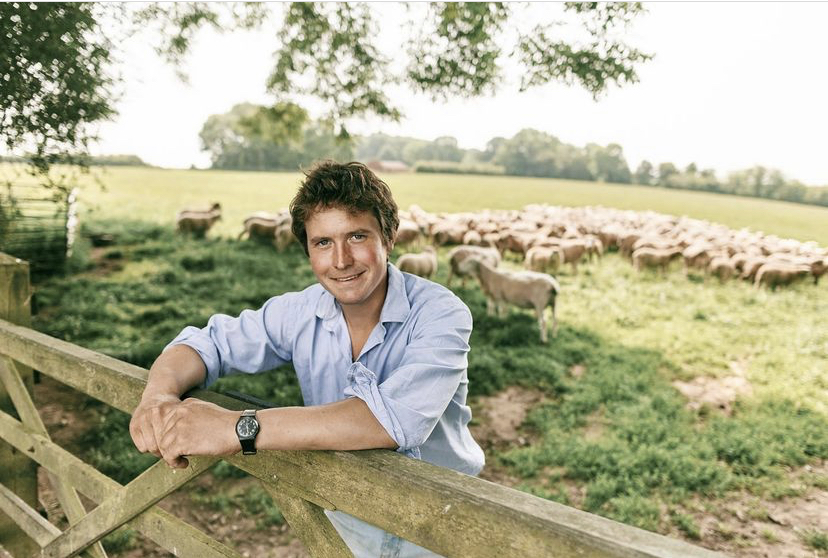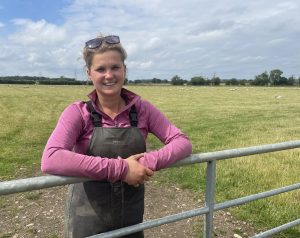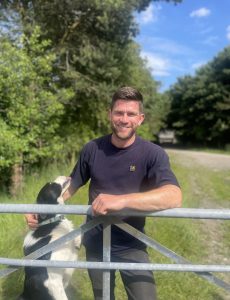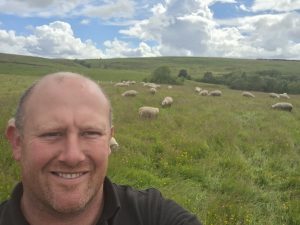The Darbishire Family, Warwickshire
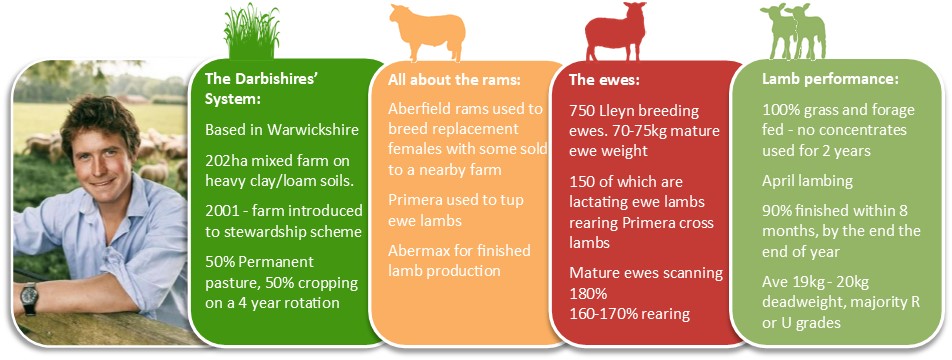
Hugh Darbishire says his family is focused on building a more resilient mixed farming business, with sheep taking on an essential role on the low input farm. “We are integrating our arable and livestock enterprises with conservation and are also introducing some principles of regenerative farming,” he explains.
“Sheep are essential for management purposes and we’re finding that Innovis rams are introducing hybrid vigour leaving lambs finishing to target purely off forage. We have also found a ready market for Aberfield cross ewe lambs to local farmers looking not only to move more towards a lower cost grass-based system, but to also know where their replacements are coming from each year, essentially like a closed flock.”
Hugh says there was a realisation 10 years ago that their then farming system needed to change. “The suckler herd was sold and a more integrated system started to evolve between the arable, sheep and environmental schemes to improve margins and long-term viability.
“We initially swapped our traditional flock for a lighter damline, lambing outdoors, and then introduced 50% of the flock to Innovis genetics. Aberfield, Abermax and Primera sired lambs perform off grass under pressure and without a lot of fuss”.
The Darbishire’s rotation features two years of short-term grass leys mainly for silage to a local dairy farm and horse haylage production with high protein autumn grass as a by-product for lamb finishing. This is followed by a summer brassica crop, direct drilled into the grass ley for late summer grazing, then into winter wheat for one year. Straw is traded with dairy farm for muck and incorporated into the soil. Herbal leys were introduced to the cropping five years ago and are used as soil fertility builders in fields that aren’t performing as well. This new approach has allowed us to build up organic matter levels from 3% to 6% over the past five years.
“The permanent pasture is managed under various environmental schemes, with nitrogen being totally taken out of this half of the farm since spring 2019. We have moved away from set stocking all summer; once lambs reach one month old, we increase mob size and try and mob graze in a loose form; it’s defiantly not slick but allows us to always have some grass resting and certainly allows for increased yield.”
He adds: “We had to find something that worked better for us, and whilst I don’t think there is such a thing as the perfect breed or system, we are gradually finding a system that suits through a lot of trial and error. However, we have found Innovis genetics are now very stable and balanced and do what they are sold to do.”
